Retail Development and Grand Opening
Regency Square Mall began trading on March 2, 1967, as a $12 million investment by Regency Centers.
The project rose from an expanse of sand dunes and introduced Jacksonville to a fully enclosed shopping center.
Anchors JCPenney, May-Cohens, and Ivey's framed the initial floorplan, with Woolworth acting as a junior anchor and Piccadilly Cafeteria serving steady streams of diners.
Two outparcels extended the footprint from the start.
Regency Cinema opened with a single screen that later expanded, while Annie Tiques brought a bar and restaurant setting to the corner lot.
Together, they helped turn the site into more than a row of stores.
Opening-day numbers reflected the appetite: 8,000 customers entered in the first hour, and 25,000 had walked the corridors before closing time.
For the developer, it was proof that the market had shifted away from downtown storefronts toward the new suburban format.
The mall quickly established itself as a destination for shopping and leisure.
Back when people searched for things to do in Jacksonville, FL, ads for Regency Square Mall often came up, pointing them toward its shops and restaurants.
Profit Margins and Customer Traffic (1970s)
By the late 1970s, Regency Square Mall had become a powerhouse in retail sales.
A 1979 Urban Land Institute study reported average revenue of $156 per square foot, nearly double the national average of $88.
Numbers like that placed the property among the most profitable malls in the country and reinforced the developer's choice to build big in Arlington.
During this decade, the mall hosted more than just shopping trips.
Fountain coins were collected and turned over to charities, bringing in thousands of dollars for local groups.
The wide corridors became stages for art shows, science fairs, and horticultural exhibits.
These events filled the schedule and kept traffic flowing even when store sales slowed in certain months.
National retailers benefited from the crowds, while regional operators carved out space in the mix.
Shoppers recognized the mall as more than a collection of stores.
It was a place to walk, to look, and to be part of an ongoing series of public gatherings.
Sales metrics gave one story, but the constant programming inside the mall provided another: the property had become an anchor for local activity as well as a reliable stream of retail trade.
Expansion and Tenant Turnover (1980s)
In 1981, Regency Square Mall underwent a $30 million expansion that nearly doubled its footprint.
The new construction added a Sears department store and relocated Ivey's to a larger space, while May-Cohens received a substantial enlargement.
The original Ivey's location was converted into Furchgott's, though by 1985, that store closed following a merger with Stein Mart.
Mall management decided against replacing it with Stein Mart, judging the chain to fall below their target profile.
The expansion created two distinct wings, with May-Cohens sitting in the middle as a walk-through anchor.
A food court was built into the new section, along with a six-screen AMC theater that gave moviegoers a reason to linger after shopping.
Annie Tiques, which had stood on an outparcel, was displaced to make way for the construction and later reopened at the Jacksonville Landing in 1987.
Brand transitions continued. May-Cohens briefly operated as May Florida before becoming Maison Blanche in July 1988.
By the end of the decade, Regency Square had a stronger tenant mix and a layout that reflected the rise of larger anchors and entertainment-driven retail.
Real Estate Transactions and Anchor Realignments (1990s)
Ownership of Regency Square Mall changed in 1991 when Regency Group sold the property to General Growth Properties of Chicago for $71.8 million.
The decade also brought a series of anchor transitions that reshaped the tenant mix.
Ivey's had already been rebranded as Dillard's in 1990, and by 1992, the company had built a new location attached to the west wing, adding 28,000 square feet of inline space.
The former Ivey's building became Montgomery Ward, which opened later that same year.
Maison Blanche, which had replaced May Florida in 1988, was sold in early 1992 to Gayfer's through its parent Mercantile Stores.
When Dillard's acquired Gayfer's parent company in 1998, both stores overlapped in Jacksonville, so the Regency Square location converted to Belk.
That move marked Belk's first entry into the Jacksonville market.
The decade also saw large-scale investment in amenities.
A $30 million renovation in 1998 added a 24-screen AMC theater on the property, replacing the six-screen AMC that had operated inside the mall.
Old Navy opened as part of the update, and a Jacksonville Sheriff's Office substation was built inside.
By the end of the decade, Regency Square had expanded its tenant base and implemented new conduct codes in 1999 to curb disruptive activity.
Declining Trade and Security Concerns (2000s–2010s)
Montgomery Ward closed in 2001, leaving another anchor vacant.
General Growth Properties looked for replacements, at one point discussing a deal with Kohl's, but no lease materialized.
In 2006, HomeWorks Furniture opened in the former Montgomery Ward space, only to shutter by the end of 2009 due to low sales.
Crime statistics began to erode the mall's image.
In 2004, more than 1,000 incidents were reported on the property, the highest figure ever recorded there.
Between September 2007 and September 2008, 650 unlawful acts were documented by the Jacksonville Sheriff's Office, more than the combined totals of The Avenues Mall and St. Johns Town Center.
In January 2008, a shoplifting case escalated into a fatal exchange with an off-duty officer.
Anchor losses accelerated later.
Belk announced in September 2014 that its Regency Square store would close in February 2015 when a new off-mall location was complete.
Sears followed, announcing in April 2016 that its store would close that July as part of a nationwide downsizing plan.
By the end of 2016, only JCPenney and Dillard's Clearance Center remained as anchors.
Tenant lawsuits soon surfaced, alleging that ownership by Namdar Realty Group and Mason Asset Management allowed the property to fall into disrepair, with complaints citing leaks, mold, pests, and broken air conditioning systems.
Vacancies and Code Violations (2020–2023)
JCPenney's exit in October 2020 left Dillard's Clearance Center as the only department store still operating at Regency Square Mall.
The loss stripped the mall of its last traditional anchor and made the empty corridors more visible.
A year later, in October 2021, the Jacksonville Sheriff's Office moved its substation from the property, removing another presence that once provided a sense of stability.
The property began to show its age more sharply.
In November 2022, the City of Jacksonville's Municipal Code Compliance Division issued a warning citation against the mall for roof leaks, ceiling damage, exposed wiring, and unsafe flooring.
These violations weren't cosmetic; tenants pointed to them as evidence of ongoing neglect. Retail shrinkage continued.
By 2024, Bath & Body Works and LensCrafters had closed, leaving Jimmy Jazz as the last national chain inside the complex.
The interior, once full of trade, showed long stretches of shuttered storefronts and dim lighting.
Smaller local tenants hung on, but the emptiness set a tone.
For shoppers, the mall had become a place to pass through briefly rather than spend an afternoon browsing.
Closure and Redevelopment Plans (2024–2025)
Momentum toward redevelopment became clearer in late 2024.
On December 11, plans filed with JEA showed interest in a gas station and convenience store for part of the property.
Community members spoke out, calling it a wasted opportunity for such a large parcel.
By spring 2025, change accelerated.
On April 9, Blackwater Development LLC purchased the mall for $19.1 million and announced a rebranding: The Nexus at Regency.
Two days later, on April 11, the new owner reached a deal with the City of Jacksonville to resolve nearly $2 million in fines.
The settlement required $20,000 upfront and set deadlines for repairs and redevelopment work.
Tenant closures soon followed. Tokyo Sakura, the last restaurant, confirmed May 30, 2025, as its final day.
Rogers Jewelers closed the same weekend, and public access to the interior ended on June 1.
In August 2025, Blackwater appointed Thomas Duke Architect as lead designer for the project.
Demolition is scheduled to clear most of the structure, with plans calling for a mix of housing, offices, and retail space under the Nexus name.
Lauren's Seafood Blues & Jazz and Rhythm Factory are set to leave before demolition starts, while Dillard's Clearance Center, Impact Church, and the former Sears buildings will stay in place as the rest of the mall comes down.

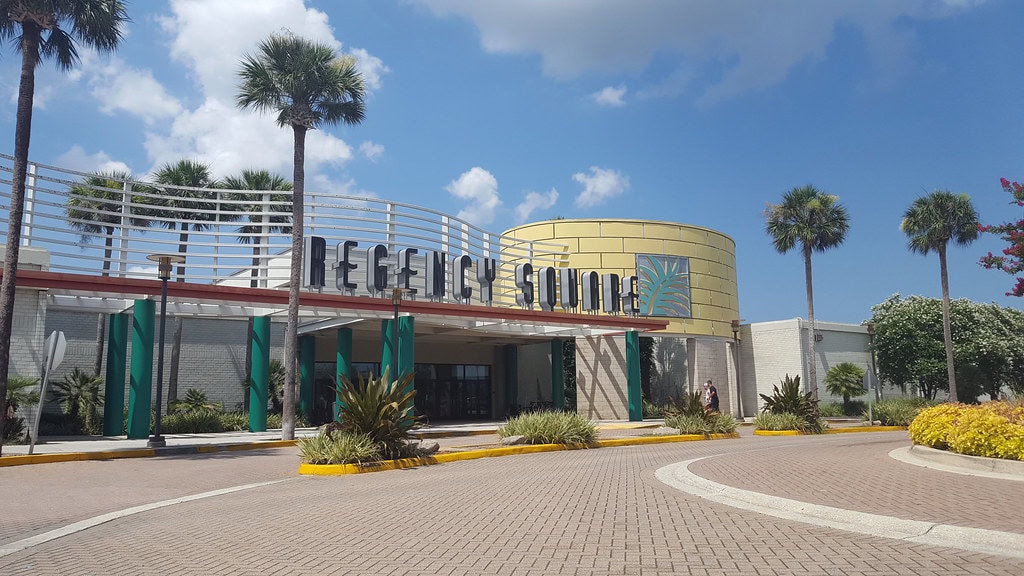
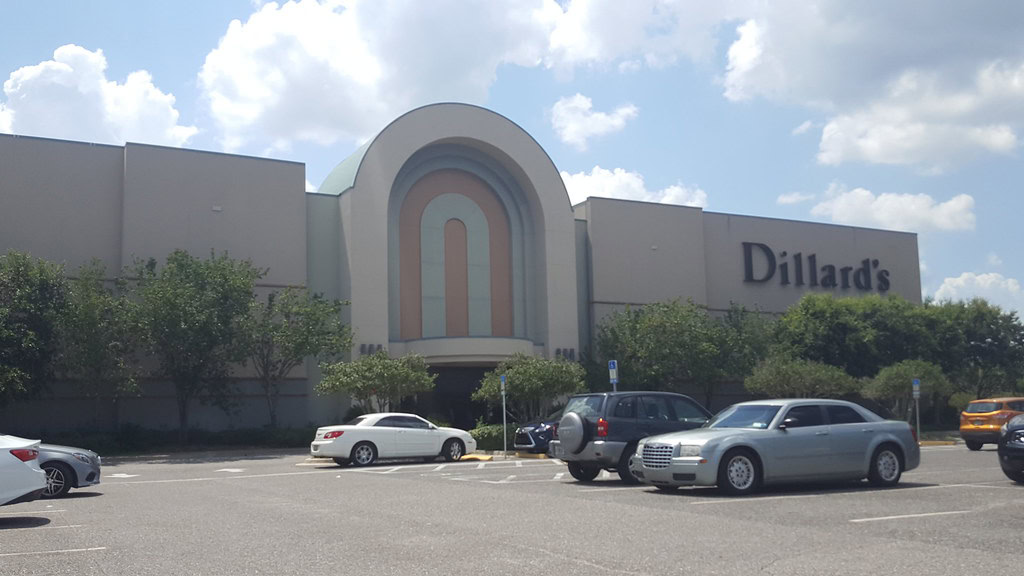
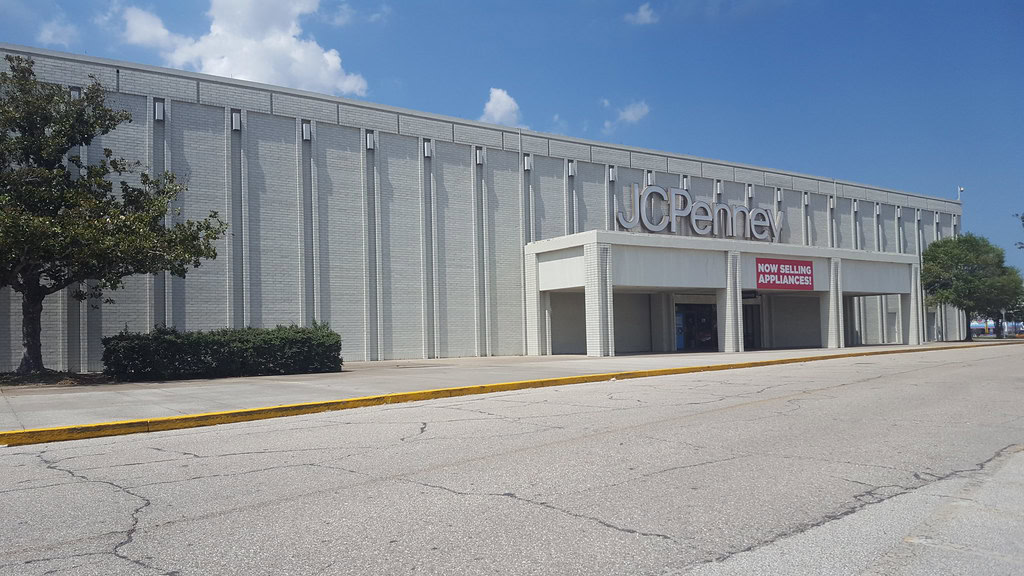
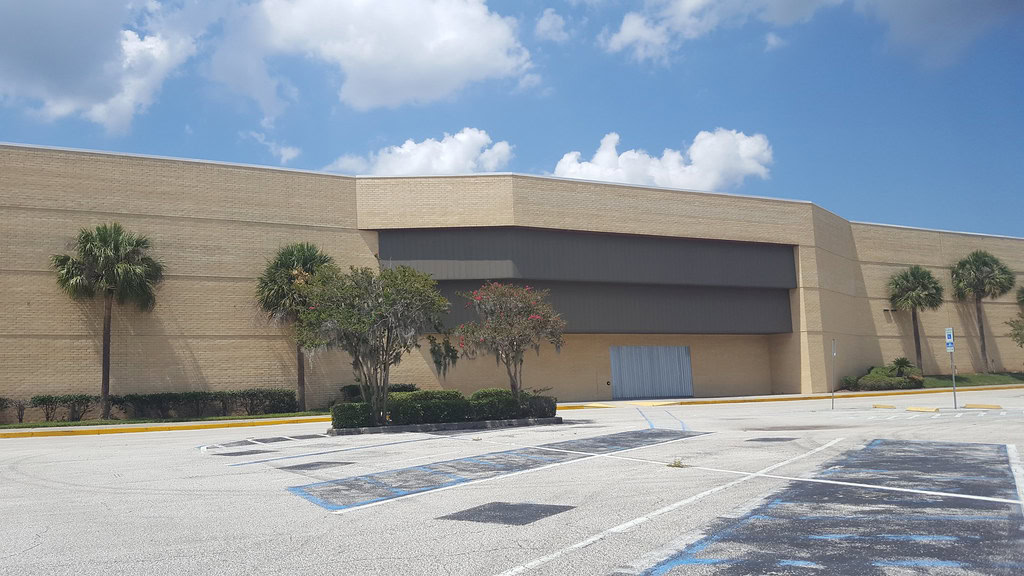
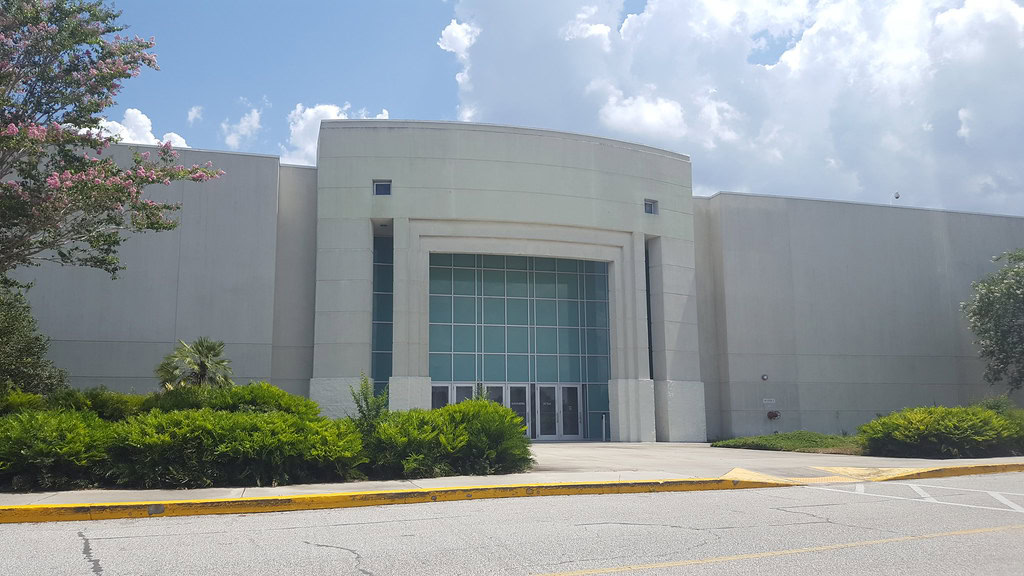
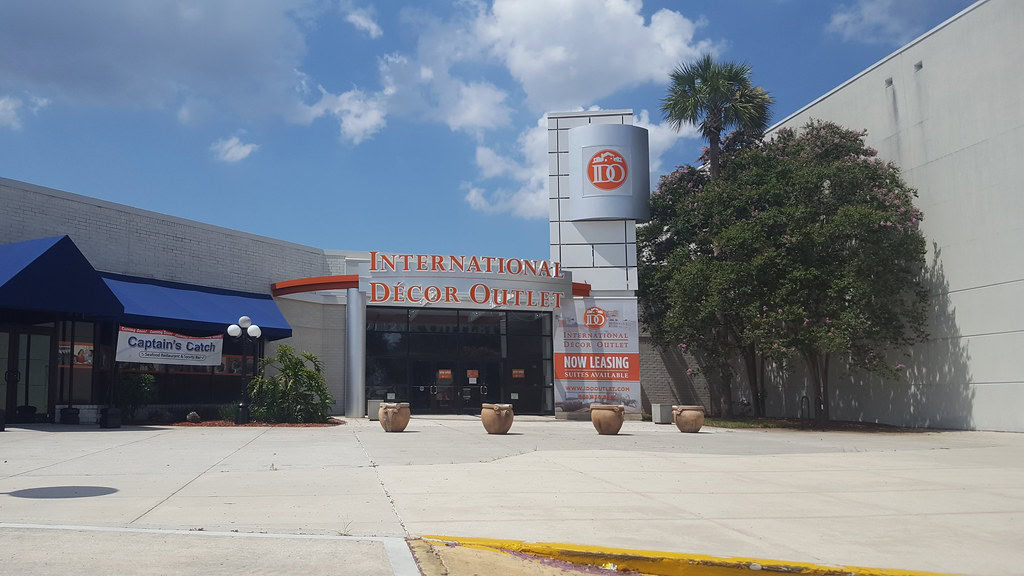
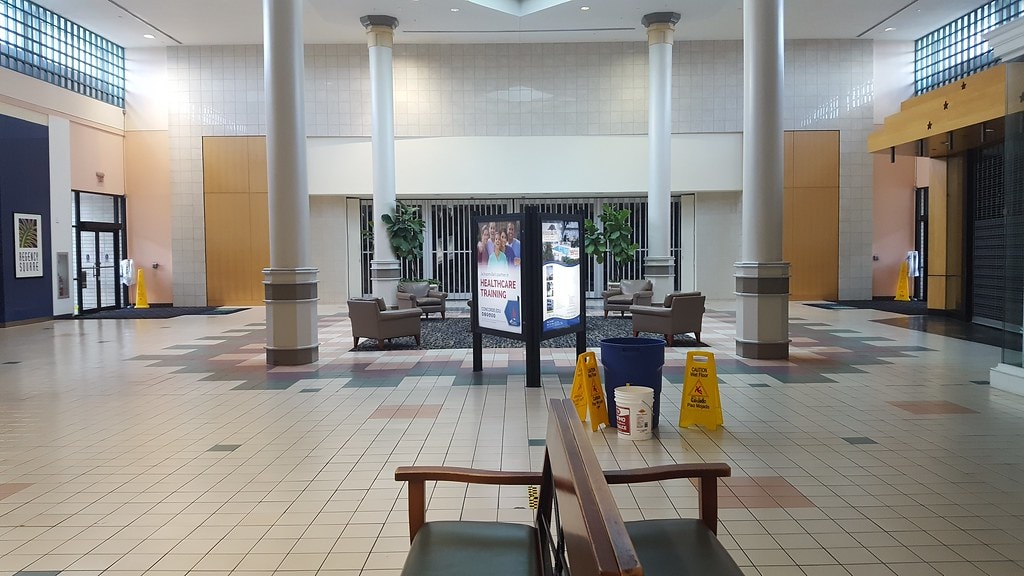
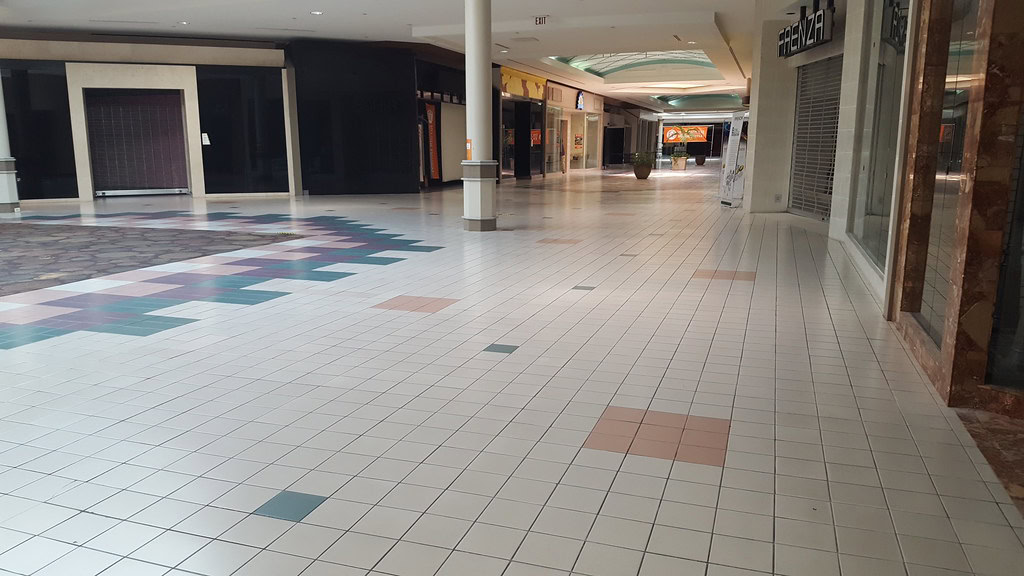
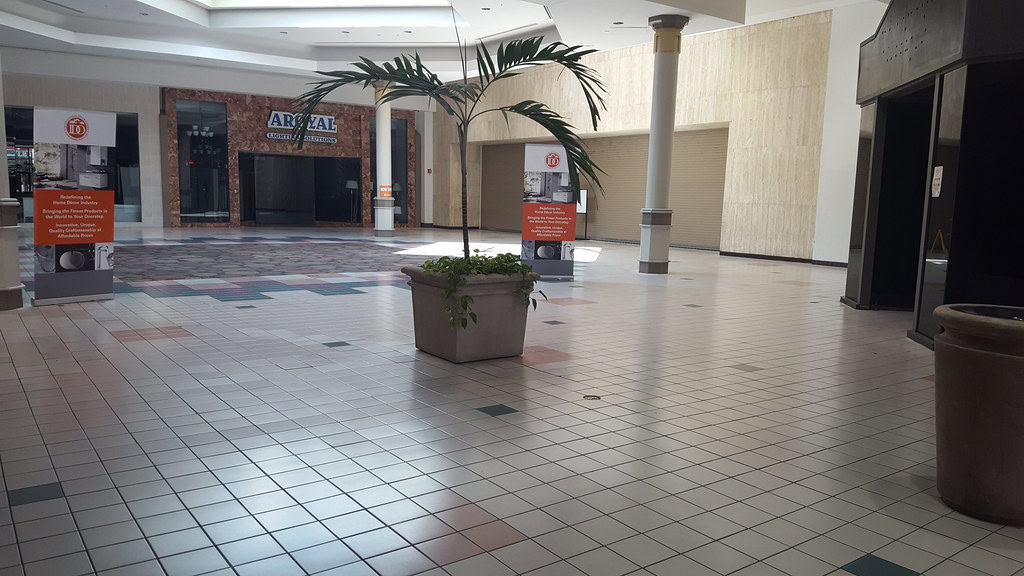
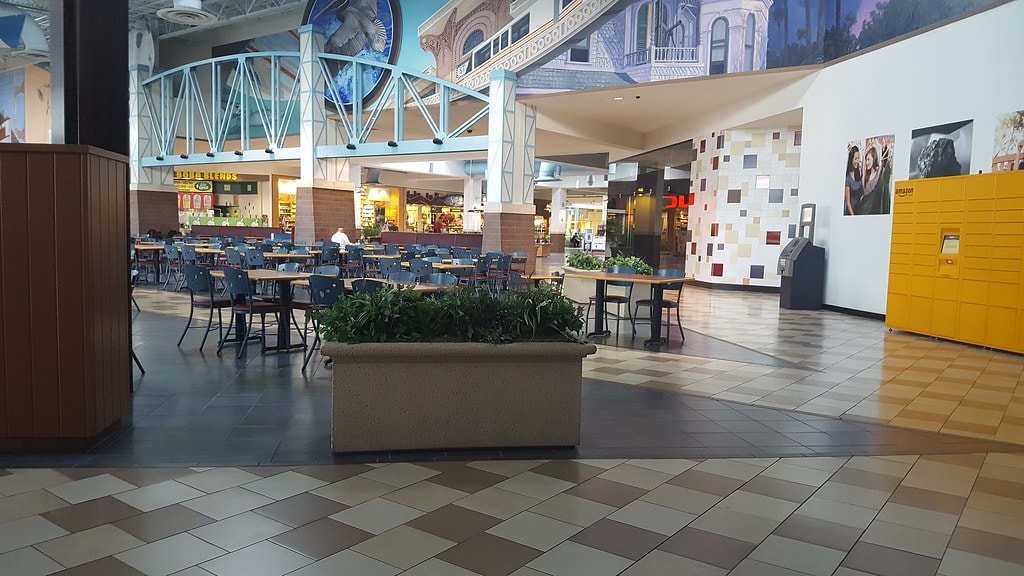
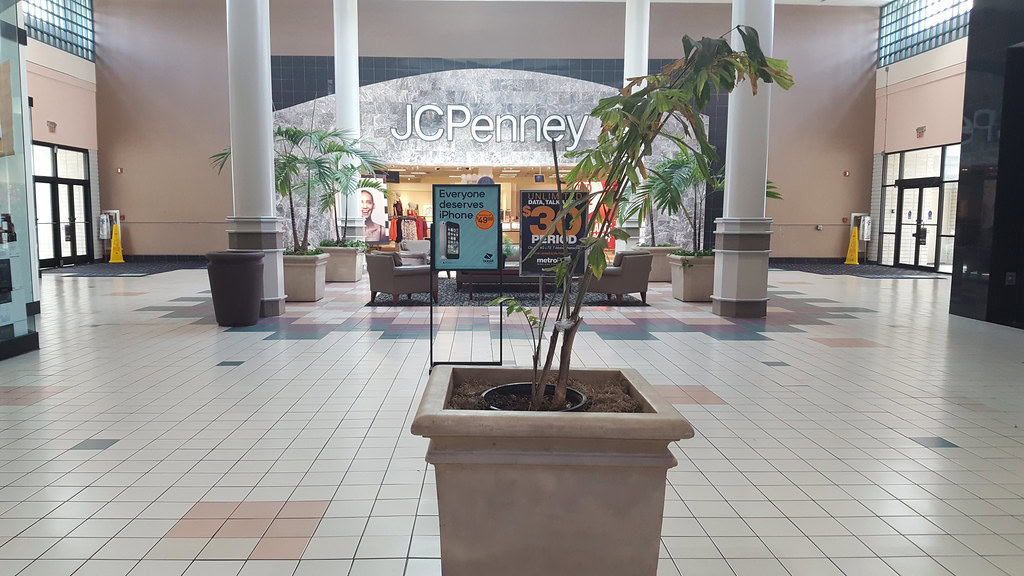

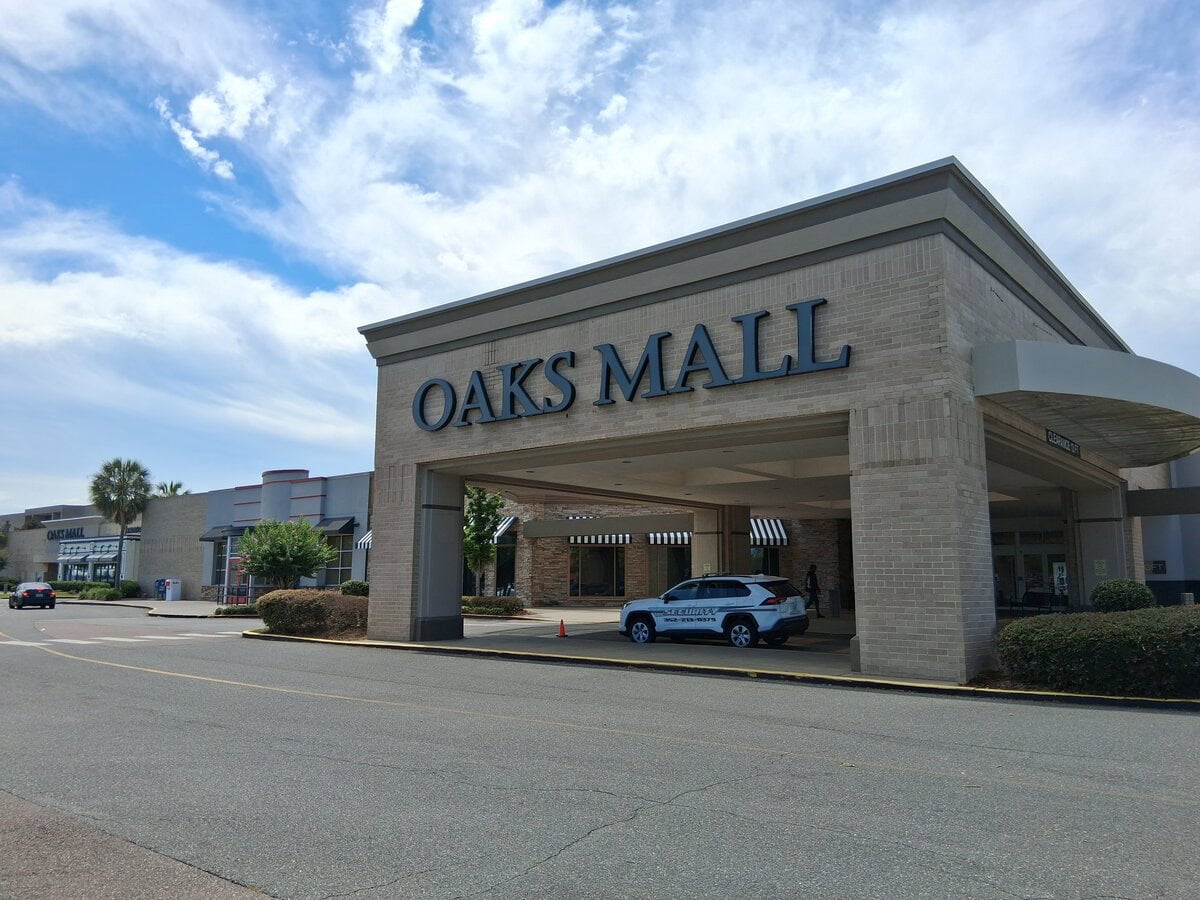
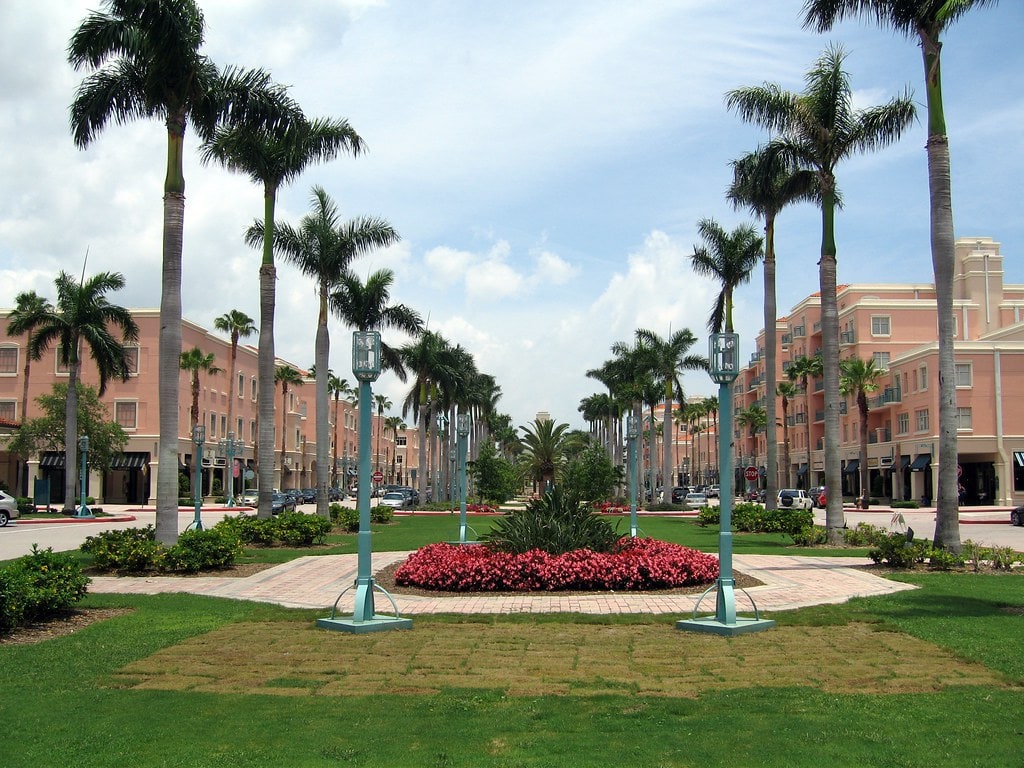

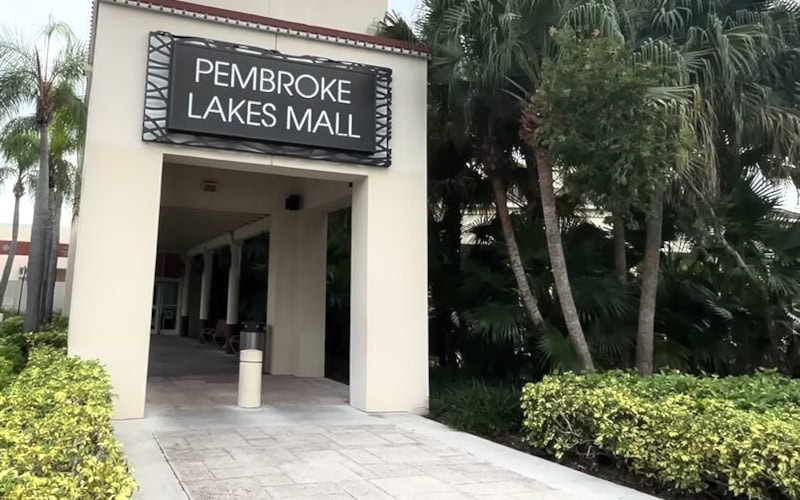


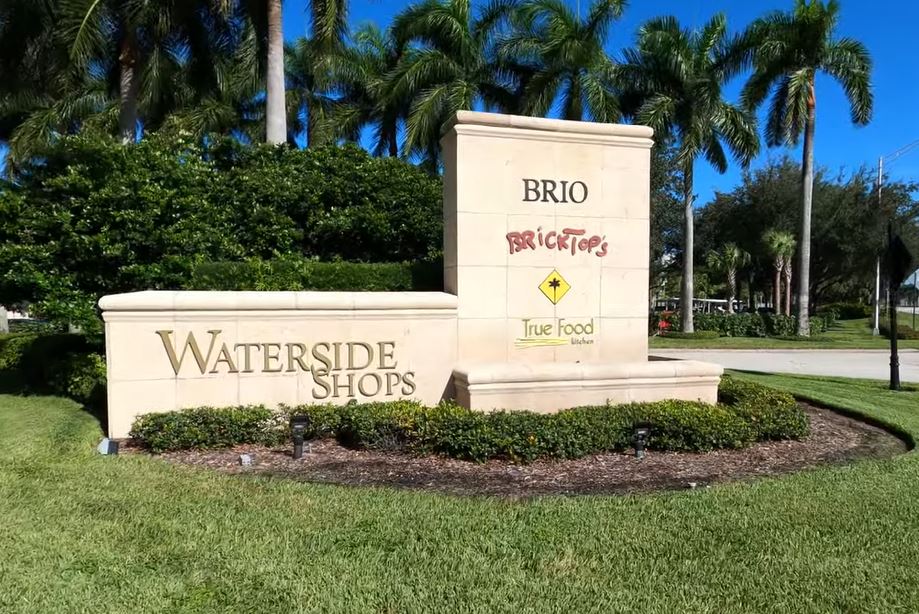
A few things that weren't mentioned in the article.
1) The tolls on the bridges of Jacksonville were removed in 1988. After wich is when crime started rising.
2) In 1987 the Jacksonville Landing opened in downtown on the riverfront.
3) When the Avenues Mall opened in 1990, it became the new place to shop.
4) in 2005 the St. Johns Town center opened, this became the final straw for regency.
Your comment adds much-needed perspective to the story of Regency Square Mall. Thanks for enriching the conversation with these historical points.
Also, the Beach residents believe that Butler Blvd., Beach Blvd., & Atlantic Blvd. should ALL be Till Roads. When we have visitors from other places, it sometimes feels like they don't hold our Beaches as dear as the Beach Residents do. They leave LOTS MORE Than their footprints once they leave, & it's up to US to clean up after them. Trash, dirty diapers, cigarettes butts, half eaten food & etc. If the roads were TOLL roads, the money could go to keeping our beaches clean!
Thanks for voicing your concerns! It's always refreshing to hear from people who care about our environment.
The WORST that happened to the Beaches is when the toll was removed. Butler Blvd., Beach Blvd., & Atlantic Blvd. should ALL be till roads! We live in Jax Beach, & people who join us & all we have to offer often times trash the beach & surrounding areas. It's a mess when they leave, & WE have to clean up after them. If the ways in we're toll roads only, the money could certainly help to keep our beaches clean.
Thank you for your comment! It's enlightening to hear this perspective about the tolls and beach cleanliness. It indeed prompts further thought.
I am in the process of moving into Arlington and ride the bus for free as a senior citizen. They all stop at the mall hub. I took a walk around the mall. Is it about 1/2-mile circumference?
Schedule a week for scavengers to ta take what they want, bring in the wrecking balls and bulldozers, dig a big deep hole in a remote corner of the lot, and push it all in the hole.
Welcome to Arlington! I believe the mall’s circumference might be close to half a mile—what a nice way to explore.
When I was a kid, we use to take the bus to regency square mall and spend the day. This was in the early seventies. I live by a mall that only has a few stores left. I think the day of the mall is over. With people buying on line through Walmart and Amazon the mall is a thing of the past. 🥲
Regency was among the first places in Jacksonville where teens could hang out without supervision. The social fabric it offered is hard to replace.